Music is not just about the right notes and rhythms—it’s also about how those notes are played. This is where articulation symbols come in. Articulation refers to the nuances in how each note is started, sustained, or ended, shaping the overall musical expression. Just as punctuation guides us through a sentence’s meaning in writing, articulation tells a musician how to approach each note for expressive performance.
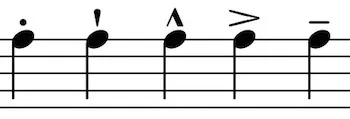
Whether you’re a beginner learning your first scales or an experienced performer interpreting a classical sonata, understanding articulation marks is essential. They provide vital instructions on phrasing, tone, and dynamics. In this article, we’ll explore the most common articulation symbols, learn how they function, and see how they influence the character of the music. By the end, you’ll be better equipped to read, interpret, and play music more expressively and accurately.
What Is Articulation in Music?
Articulation in music refers to the way individual notes or groups of notes are played or sung. It impacts how a note begins, how long it is held, how it connects to the following note, and how it ends. Articulation can make music feel smooth and lyrical, sharp and detached, or bold and dramatic. This subtle aspect of performance can transform a simple melody into a powerful emotional statement.
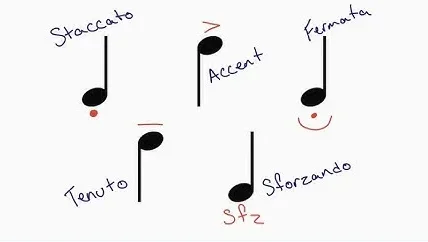
To better understand this, imagine speaking a sentence. You can say it with different emphasis, tone, and pauses to convey various meanings—even if the words remain the same. Music works similarly: articulation guides the performer in delivering the intended emotion and energy. Without articulation marks, a piece of music might sound flat or mechanical. With them, music comes alive.
These symbols are essential across all instruments and vocal styles. They ensure that what the composer envisioned is brought to life consistently and artistically by performers.
>>View more: List 99+ Music Symbols and Their Functions
Categories of Articulation Symbols
Articulation symbols fall into several broad categories based on the effect they create in the music. Understanding these categories helps learners group and memorize them more easily:
- Separation Articulations: These symbols indicate that notes should be played in a detached or shortened manner. Examples include staccato and staccatissimo. They break up smooth lines and add rhythmic clarity or a sense of urgency.
- Connection Articulations: These indicate that notes should be played smoothly and connected. The most common example is the slur, which tells the performer to transition between notes without rearticulating each one.
- Emphasis Articulations: These markings indicate that certain notes should stand out more strongly. Symbols like accent, marcato, and tenuto fall under this category and signal degrees of forcefulness or lengthening.
- Combined Articulations: In some cases, symbols appear together, such as a slur over staccato notes, creating nuanced instructions like playing short notes smoothly within a phrase.
Each category contributes differently to a musical phrase’s expressiveness, helping to convey a wide range of moods and characters.
Detailed List of Common Articulation Symbols
Below are some of the most frequently used articulation symbols in Western music notation. For each, understanding the symbol’s shape and performance implication is crucial:
- Staccato ( • )
A small dot placed above or below a note, depending on the stem direction. Staccato tells the performer to play the note shorter than notated—light and detached. It adds liveliness and precision to the music.
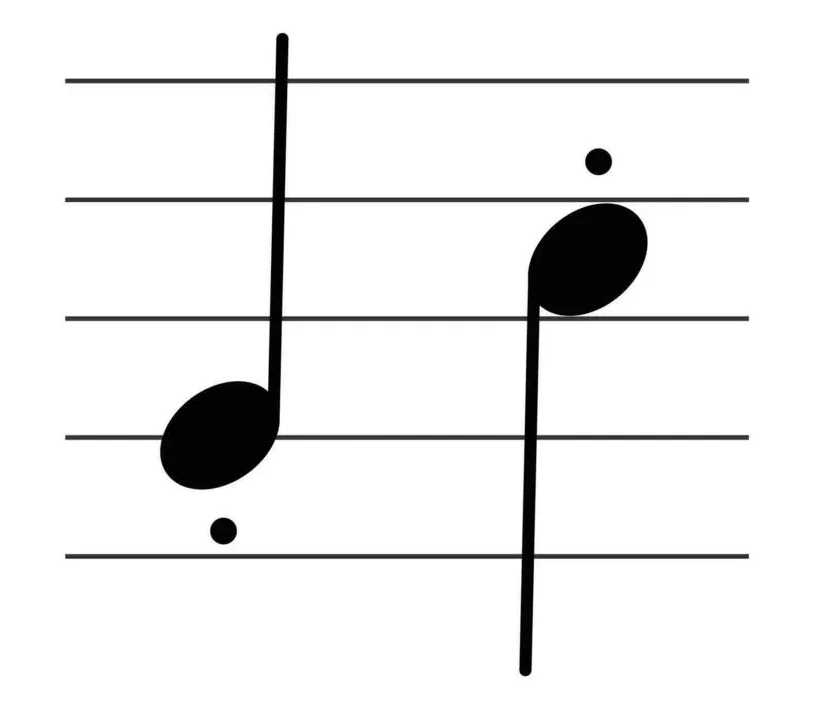
- Tenuto ( – )
A short horizontal line placed above or below a note. It instructs the player to hold the note for its full value, sometimes with a slight emphasis. It can convey steadiness or lyrical smoothness.
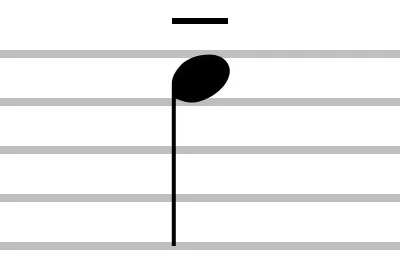
- Accent ( > )
A wedge-shaped marking that means the note should be played with extra force or emphasis. It doesn’t necessarily mean louder, but stronger in attack or presence.
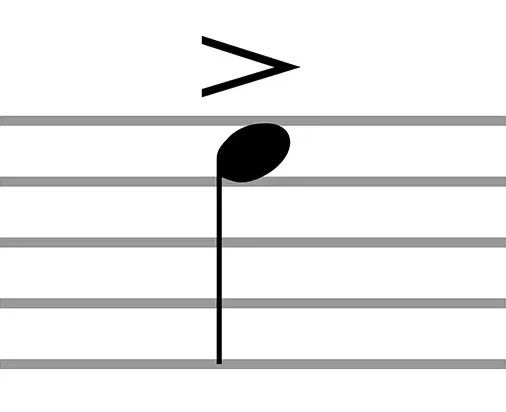
- Marcato ( ^ )
Also known as a “strong accent,” this upside-down “V” symbol demands a very marked and forceful note. It’s usually played louder and with more weight than a regular accent.
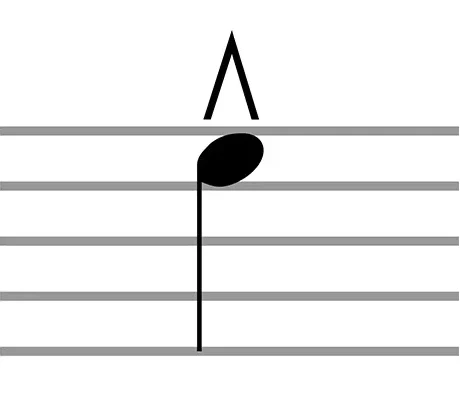
- Staccatissimo ( 𝆏 )
An exaggerated version of staccato, this small wedge indicates extremely short and detached notes. It’s often used in fast passages requiring precision and lightness.
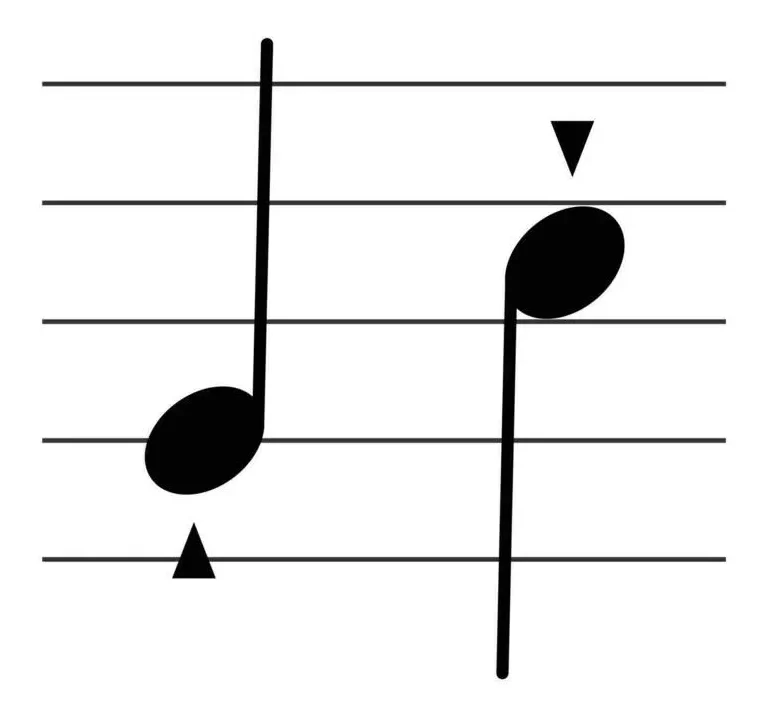
- Slur ( 𝆑 curved line )
A curved line connecting two or more different notes, meaning they should be played smoothly and in one breath or bow stroke. It’s essential for phrasing in wind, string, and vocal music.
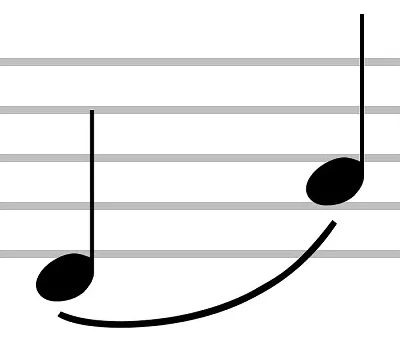
These symbols are usually placed directly above or below the notehead and are interpreted according to the instrument and style being performed.
How Articulation Affects Performance
Articulation is one of the most powerful tools a musician has to bring a score to life. It allows for a wide range of emotional and stylistic interpretations. For example, a melody played staccato on the piano can sound playful and bouncy, while the same melody played legato becomes flowing and romantic.
Each instrument interprets articulation differently. On a violin, staccato may be performed with quick bow stops. On a piano, it’s a matter of touch—lifting the finger quickly after striking the key. For wind and brass players, articulation often involves tonguing techniques, while vocalists rely on breath and diction.
Articulation also guides phrasing. Notes under a slur suggest a musical sentence, encouraging the performer to shape the line with sensitivity. Marcato and accents, on the other hand, bring out important rhythmic or melodic points, helping the listener follow the structure of the music.
Ultimately, how articulation is applied makes the difference between playing notes and making music.
Articulation in Different Musical Styles
Articulation isn’t fixed—it varies depending on the style and historical period of the music. In Baroque music, for instance, articulation tends to be lighter and more detached, reflecting the stylistic preferences of the time. A staccato passage in Bach will sound very different from a staccato passage in a Romantic piece by Chopin.
In jazz, articulation is especially vital. Jazz musicians use “ghost notes,” scoops, and bends that are not always written but implied. Swing rhythms rely heavily on articulation to create that unmistakable groove. Notes marked with accents or slurs may be played differently than in classical music.
Pop and rock musicians often interpret articulation more loosely, relying on phrasing and vocal/instrumental nuance. Meanwhile, in film scores and contemporary classical music, composers use articulation to create cinematic textures and vivid musical imagery.
Learning to recognize and adapt articulation based on context is a key part of becoming a versatile, expressive performer.
Practice Tips for Learning Articulation
Mastering articulation takes more than reading symbols—it requires active listening and consistent practice. Here are a few tips to help develop this skill:
- Start Slowly: Practice simple melodies focusing only on articulation. Play them first without any marks, then add one symbol at a time.
- Use a Mirror or Video: Especially for singers and wind players, watching your technique can help ensure you’re following articulation correctly.
- Listen Actively: Study recordings by accomplished musicians. Pay attention to how they handle slurs, accents, and staccato. Try to mimic these nuances.
- Practice with a Teacher or Metronome: A teacher can help point out articulation issues, and a metronome can help maintain rhythmic accuracy, especially when combining articulations.
- Mark Your Scores: If you’re learning a piece, underline or highlight articulation marks to keep them in mind as you practice.
These habits help train your musical ear and body to respond instinctively to articulation cues, making your performances more natural and expressive.
Summary & Key Takeaways
Music articulation symbols are vital for bringing expression, style, and clarity to any performance. They inform how each note should be played—short or long, strong or subtle, connected or separated. Understanding their meanings and applying them correctly transforms written notes into meaningful music.
Here’s what you should remember:
- Articulation is like musical punctuation—it guides interpretation.
- Each symbol (staccato, accent, slur, etc.) has a specific meaning.
- Articulation varies by instrument and musical genre.
- Consistent practice and listening help you internalize these symbols.
Whether you’re sight-reading a new piece or interpreting a solo performance, articulation helps shape your musical voice.

Evan Carter is an American music educator. With a background in Musicology and over 10 years of experience, he specializes in music theory and notation. Evan creates clear, accessible content to help learners of all levels understand the language of music through symbols, structure, and sound.

